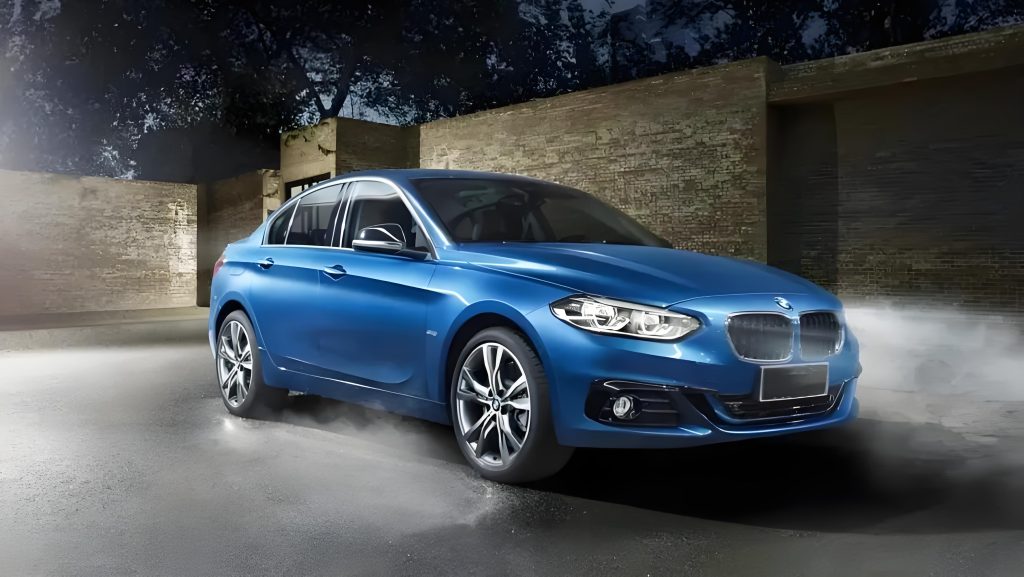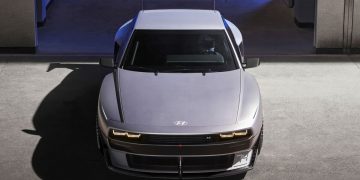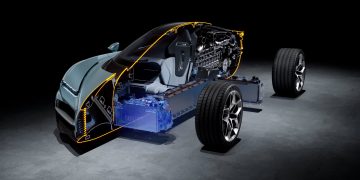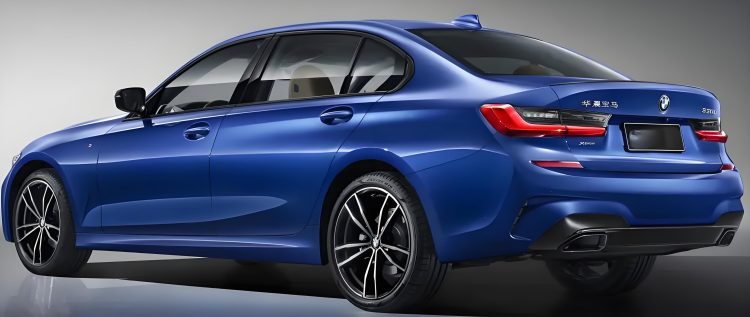The BMW 3 Series has been a popular choice among car enthusiasts for decades. Known for its sporty handling, luxurious design, and impressive performance, the BMW 3 Series is a true driver’s car. However, some people may wonder whether the BMW 3 Series is front-wheel drive or not. In this article, we’ll take a closer look at the answer to this question and explore the history of the BMW 3 Series.
The History of the BMW 3 Series
The BMW 3 Series was first introduced in 1975 as a replacement for the BMW 02 Series. The original BMW 3 Series (known as the E21) was available as a two-door sedan and featured a rear-wheel-drive layout. This design allowed for better balance and handling, which quickly became a hallmark of the BMW 3 Series.
Over the years, the BMW 3 Series has undergone several changes and redesigns. Each new generation brought updated styling, more advanced technology, and improved performance. However, throughout its history, the BMW 3 Series has remained primarily a rear-wheel-drive vehicle.
Exceptions to the Rule
While the vast majority of BMW 3 Series models are rear-wheel drive, there have been a few exceptions over the years. In particular, BMW has introduced some front-wheel-drive models in recent years, such as:
BMW 2 Series Active Tourer:
This model is a compact MPV that debuted in 2014. It uses a transverse engine layout and is available in front-wheel-drive or all-wheel-drive configuration.
BMW X1:
The BMW X1 is a subcompact luxury crossover SUV that was first introduced in 2009. The first-generation model was rear-wheel drive, but the second-generation model (introduced in 2015) switched to a front-wheel-drive or all-wheel-drive layout.
It’s worth noting that these models are not part of the traditional BMW 3 Series lineup. However, they do represent a departure from BMW’s rear-wheel-drive roots and demonstrate the company’s willingness to experiment with different drivetrain layouts.

The Current BMW 3 Series
As of 2021, the current BMW 3 Series (G20 generation) is still primarily a rear-wheel-drive vehicle. However, it is also available in all-wheel-drive configuration (xDrive). The standard 3 Series sedan comes with rear-wheel drive, while the 330i xDrive and M340i xDrive models both feature all-wheel drive.
The 2021 BMW 3 Series wagon (Touring) is only available in all-wheel-drive configuration, with no rear-wheel-drive option offered.
The BMW M3, which is the high-performance variant of the BMW 3 Series, has historically been rear-wheel drive. The latest M3 (G80 generation), introduced for the 2021 model year, is also rear-wheel drive. However, an all-wheel-drive version (M3 Competition xDrive) is expected to debut later in 2021.
Rear-Wheel Drive vs. Front-Wheel Drive
So, why does it matter whether the BMW 3 Series is front-wheel drive or rear-wheel drive? The answer lies in the way each layout affects the car’s handling and performance.
Rear-wheel drive vehicles have the advantage of better weight distribution, which allows for more balanced handling and improved cornering ability. They also tend to be more responsive and offer better acceleration, especially in high-performance models.
Front-wheel drive vehicles, on the other hand, tend to be more efficient and offer better fuel economy. They also provide better traction in slippery conditions, such as snow or rain.
Ultimately, the choice between front-wheel drive and rear-wheel drive comes down to personal preference and intended use. For drivers who prioritize performance and handling, a rear-wheel-drive vehicle like the BMW 3 Series is an excellent choice. However, for those who prioritize efficiency and all-weather capability, a front-wheel-drive or all-wheel-drive vehicle may be a better fit.
Conclusion
The BMW 3 Series has been a staple of the automotive world for decades, known for its luxurious design, impressive performance, and sporty handling. While some BMW models have experimented with front-wheel drive layouts in recent years, the vast majority of BMW 3 Series vehicles are still rear-wheel drive. This layout provides better balance and handling, which is a hallmark of the BMW 3 Series. Whether you’re in the market for a new car or simply curious about the BMW 3 Series, understanding the difference between front-wheel drive and rear-wheel drive can help you make an informed decision.


































Discussion about this post